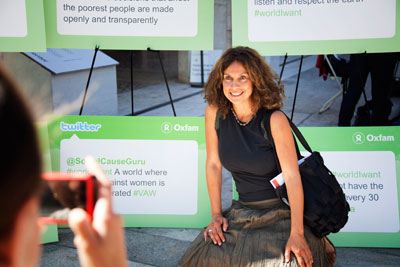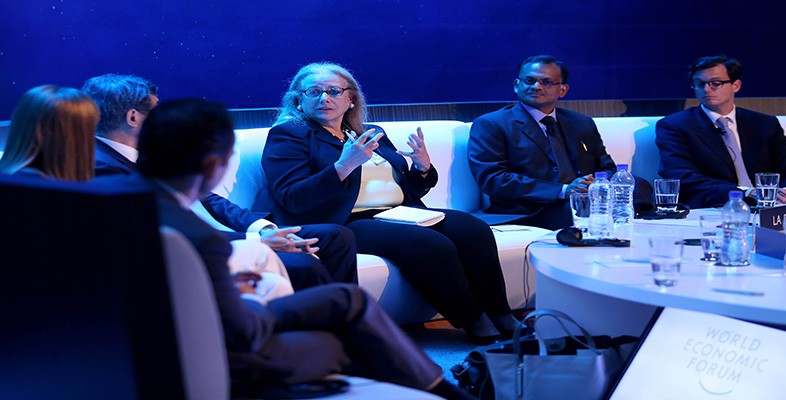 Oxfam at the UN Millennium Development Goals Summit
Starting a new job is often daunting, but can you imagine what it must be like taking over at Oxfam?
Oxfam at the UN Millennium Development Goals Summit
Starting a new job is often daunting, but can you imagine what it must be like taking over at Oxfam?
How do you manage an organisation with 5000 paid staff, more than 22,000 volunteers operating with over a 1000 partner organisations in 94 countries around the world?
It is perhaps no wonder that a past Chair of Oxfam was once overheard saying running a larger public company where he had also been Chair was a ‘doddle’ compared to chairing Oxfam.
So what are some of the challenges of running a large charity like Oxfam?
An important difference between a charity and a business is that whereas a business raises most of its money from its customers a charity has to fundraise from a different group of people to those the organisation aims to serve.
This means the organisation can be pulled in different directions. For example an image of a helpless, starving child may be effective in raising money, but does not project a positive image of development.
Similarly the requirements of funders in the West may not be the same as those of partner organisations working in the field.
How then do you balance the needs of these different groups?
For many charities like Oxfam one important way of raising funds is through commercial activities such as charity shops.
But as anyone knows who walks down high street this is an increasingly competitive market place.
In order to be successful charity shops have to be run on increasingly on commercial lines. But charity shops are mainly staffed by volunteers. How much can be expected from them?
To what extent can charity shops be used to promote Oxfam’s mission, or would this conflict with their commercial success?
Many charities like Oxfam are trying to solve what are sometimes called ‘wicked’ problems. These are complex problems, like poverty and social injustice, which can not be addressed by one organisation alone, and may even be impossible to solve.
As the recent episode of Escape to the Boardroom shows, this raises another important question for Oxfam.
How much of its efforts should be devoted to providing aid itself, and how much effort should be devoted to persuading governments and businesses around the world to address these problems?
Oxfam also faces competition in the field of global aid. So how does Oxfam position itself in this global aid ‘market’?
In such a large and diverse organisation how does it project a coherent image, when different partners or parts of the organisation may have different priorities?
How does it convince its many supporters and stakeholders that it is doing an effective job?
In the management jargon, how does it protect its brand identity?

Rate and Review
Rate this article
Review this article
Log into OpenLearn to leave reviews and join in the conversation.
Article reviews